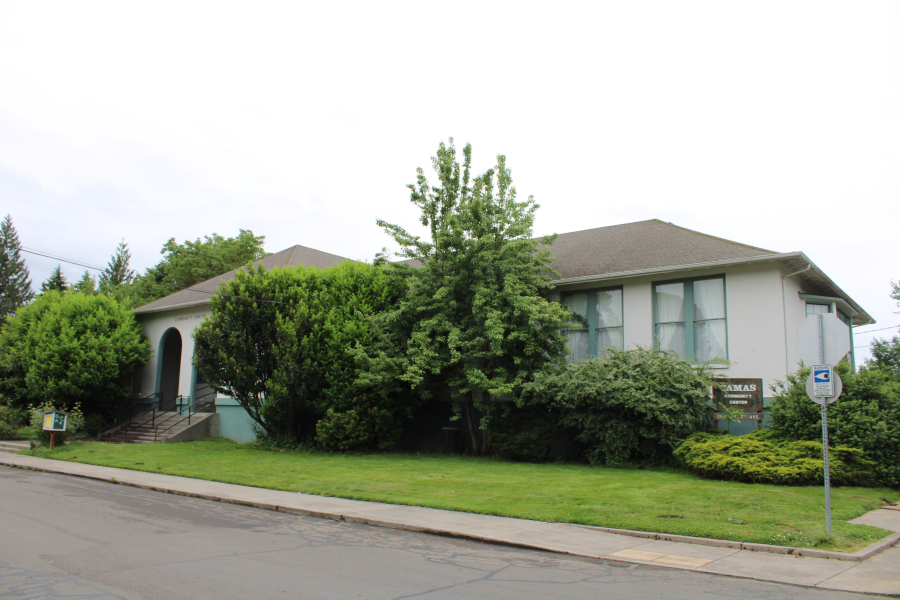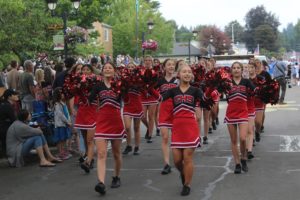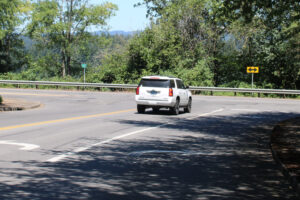A consultant’s report on some of Camas’ best-known public facilities — including Camas City Hall, the Camas library and three Camas-Washougal fire stations — shows the city is facing building deficiencies worth $35 million, including $17 million for issues city leaders should address in the next five years.
Camas Public Works Director Steve Wall gave Camas City Council members the highlights of the report during the Council’s July 18 workshop, and praised the work done by the city’s chosen consultant, Meng Analysis.
“This was a good effort on the part of our consultant,” Wall said, “I like what we received — it was pretty much like what we had envisioned when we got them on board.”
Meng Analysis assessed the condition of 17 city-owned buildings in Camas, including Camas City Hall and its nearby “annex building,” the three Camas-Washougal Fire Department stations (41 and 42 in Camas and 43 in Washougal), the Camas police station, the Camas Community Library, the city’s public works operations center and mobile office, Lacamas Lake Lodge, the Camas Community Center, six sections of the wastewater treatment plant on Southeast Polk Street, and Scout Hall (located at Crown Park).
The consultant’s assessment team used a common industry scale to rate the buildings’ condition on a five-point scale that goes from critical to excellent, with ratings of poor, fair and good in between.



